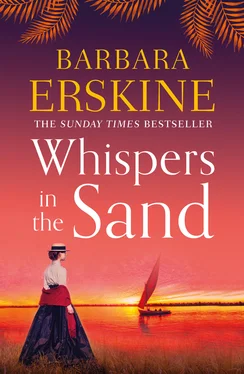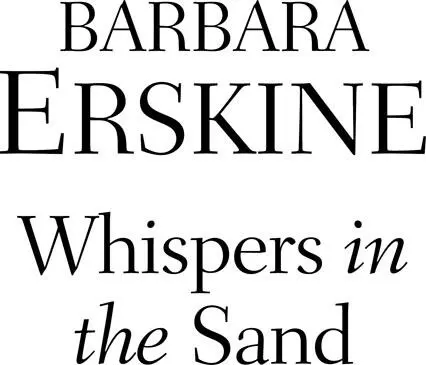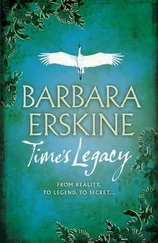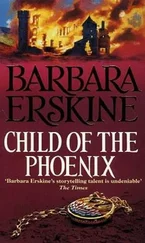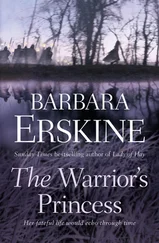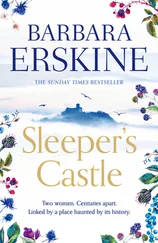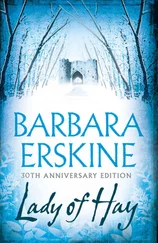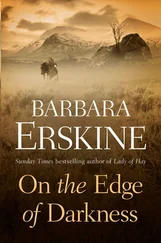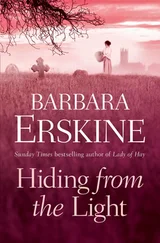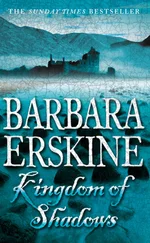
Copyright Copyright Dedication Epigraph Prologue Chapter One Chapter Two Chapter Three Chapter Four Chapter Five Chapter Six Chapter Seven Chapter Eight Chapter Nine Chapter Ten Chapter Eleven Chapter Twelve Chapter Thirteen Chapter Fourteen Chapter Fifteen Afterthought Author’s Note Keep Reading Barbara Erskine’s Novels Keep Reading Sleeper’s Castle About the Author Also by Barbara Erskine About the Publisher
Published by HarperCollins Publishers Ltd
1 London Bridge Street
London SE1 9GF
www.harpercollins.co.uk
First published in 2000
Published by HarperCollins Publishers Ltd 2016
Copyright © Barbara Erskine 2016
Cover layout design © HarperCollins Publishers Ltd 2016
Cover photographs © Sylvain Grandadam /Getty Images (feluccas on River Nile); Richard Jenkins Photography (woman)
Barbara Erskine asserts the moral right to be identified as the author of this work.
A catalogue copy of this book is available from the British Library.
This novel is entirely a work of fiction. The names, characters and incidents portrayed in it are the work of the author’s imagination. Any resemblance to actual persons, living or dead, events or localities is entirely coincidental.
All rights reserved under International and Pan-American Copyright Conventions. By payment of the required fees, you have been granted the non-exclusive, non-transferable right to access and read the text of this e-book on screen. No part of this text may be reproduced, transmitted, down-loaded, decompiled, reverse engineered, or stored in or introduced into any information storage and retrieval system, in any form or by any means, whether electronic or mechanical, now known or hereinafter invented, without the express written permission of HarperCollins.
Source ISBN: 9780007288649
Ebook Edition © March 2016 ISBN: 9780007320998
Version: 2017-09-07
Dedication Dedication Epigraph Prologue Chapter One Chapter Two Chapter Three Chapter Four Chapter Five Chapter Six Chapter Seven Chapter Eight Chapter Nine Chapter Ten Chapter Eleven Chapter Twelve Chapter Thirteen Chapter Fourteen Chapter Fifteen Afterthought Author’s Note Keep Reading Barbara Erskine’s Novels Keep Reading Sleeper’s Castle About the Author Also by Barbara Erskine About the Publisher
The quotations at the head of each chapter are adapted from
The Book of the Dead edited by E A Wallis Budge
Epigraph Epigraph Prologue Chapter One Chapter Two Chapter Three Chapter Four Chapter Five Chapter Six Chapter Seven Chapter Eight Chapter Nine Chapter Ten Chapter Eleven Chapter Twelve Chapter Thirteen Chapter Fourteen Chapter Fifteen Afterthought Author’s Note Keep Reading Barbara Erskine’s Novels Keep Reading Sleeper’s Castle About the Author Also by Barbara Erskine About the Publisher
THE WHITE EGRETITINERARY
Note : alterations to the schedule are subject to change without prior notice
Most evenings there are film shows and talks in the lounge bar on different aspects of ancient and modern Egypt
| DAY 1: |
p.m. Arrival |
|
Dinner on board |
| DAY 2: |
Visit the Valley of the Kings |
|
o/n Cruise to Edfu |
| DAY 3: |
a.m. Visit the Temple of Edfu |
|
p.m. Cruise to Kom Ombo |
| DAY 4: |
a.m. Visit the Temple of Kom Ombo |
|
p.m. Cruise to Aswan |
| DAY 5: |
a.m. Visit Unfinished Obelisk |
|
p.m. Kitchener’s Island |
| DAY 6: |
a.m. Aswan Bazaar |
|
midday: Aperitif at The Old Cataract Hotel |
|
p.m. Visit High Dam |
| DAY 7: |
a.m. Sail on a felucca |
|
p.m. Free afternoon |
| DAY 8–9: |
Optional 2-day visit to Abu Simbel |
|
(4 a.m. start) |
| DAY 10: |
Return late afternoon |
|
Evening: Son-et-lumière, Philae Temple |
| DAY 11: |
a.m. Visit Philae Temple. Cruise to Esna |
|
p.m. Esna Temple. Cruise to Luxor |
| DAY 12: |
a.m. Temple of Karnac |
|
p.m. Temple of Luxor |
|
Evening: Pasha’s Party |
| DAY 13: |
a.m. Luxor Museum and bazaar |
|
p.m. Papyrus Museum |
|
Evening: Son-et-lumière, Karnac Temple |
| DAY 14: |
Return to England |
There can be little doubt that the first vessels of glass were manufactured in Egypt under the 18th dynasty, particularly from the reign of Amenhotep II (1448–20 BC) onward. These vessels are distinguished by a peculiar technique: the shape required was first formed of clay (probably mixed with sand) fixed to a metal rod. On this core the body of the vessel was built up, usually of opaque blue glass. On this, in turn, were coiled threads of glass of contrasting colour, which were pulled alternately up and down by a comb-like instrument to form feather, zigzag or arcade patterns. These threads, usually yellow, white or green in colour, and sometimes sealing-wax red, were rolled in (marvered) flush with the surface of the vessel. The vessels so made were nearly always small, being mainly used to contain unguents and the like.
Encyclopaedia Britannica
Contents
Cover
Title Page
Copyright
Dedication
Epigraph
Prologue
Chapter One
Chapter Two
Chapter Three
Chapter Four
Chapter Five
Chapter Six
Chapter Seven
Chapter Eight
Chapter Nine
Chapter Ten
Chapter Eleven
Chapter Twelve
Chapter Thirteen
Chapter Fourteen
Chapter Fifteen
Afterthought
Author’s Note
Keep Reading Barbara Erskine’s Novels
Keep Reading Sleeper’s Castle
About the Author
Also by Barbara Erskine
About the Publisher
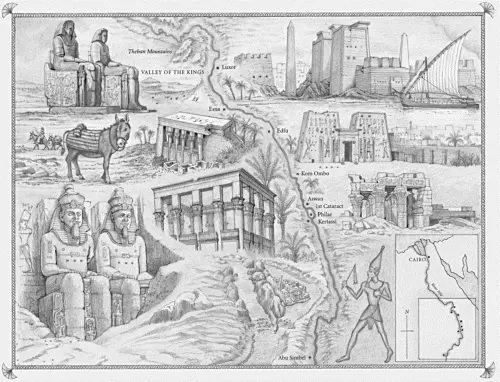
In the cool incense-filled heart of the temple the sun had not yet sent its lance across the marble of the floor. Anhotep, priest of Isis and of Amun, stood before the altar stone in the silence, his hands folded into the pleated linen of his sleeves. He had lit the noon offering of myrrh in its dish and watched as the wisps of scented smoke rose and coiled in the dimly lit chamber. Before him, in the golden cup, the sacred mixture of herbs and powdered gems and holy Nile water sat in the shadows waiting for the potentising ray to hit the jewelled goblet and fall across the potion. He smiled with quiet satisfaction and raised his gaze to the narrow entrance of the holy of holies. A fine beam of sunlight struck the rim of the doorframe and seemed to hover like a breath in the hot shimmer of the air. It was almost time.
‘So, my friend. It is ready at last.’ The sacred light was blocked as a figure stood in the doorway behind him; the sun’s ray bounced crooked across the floor, deflected by the polished blade of a drawn sword.
Читать дальше
